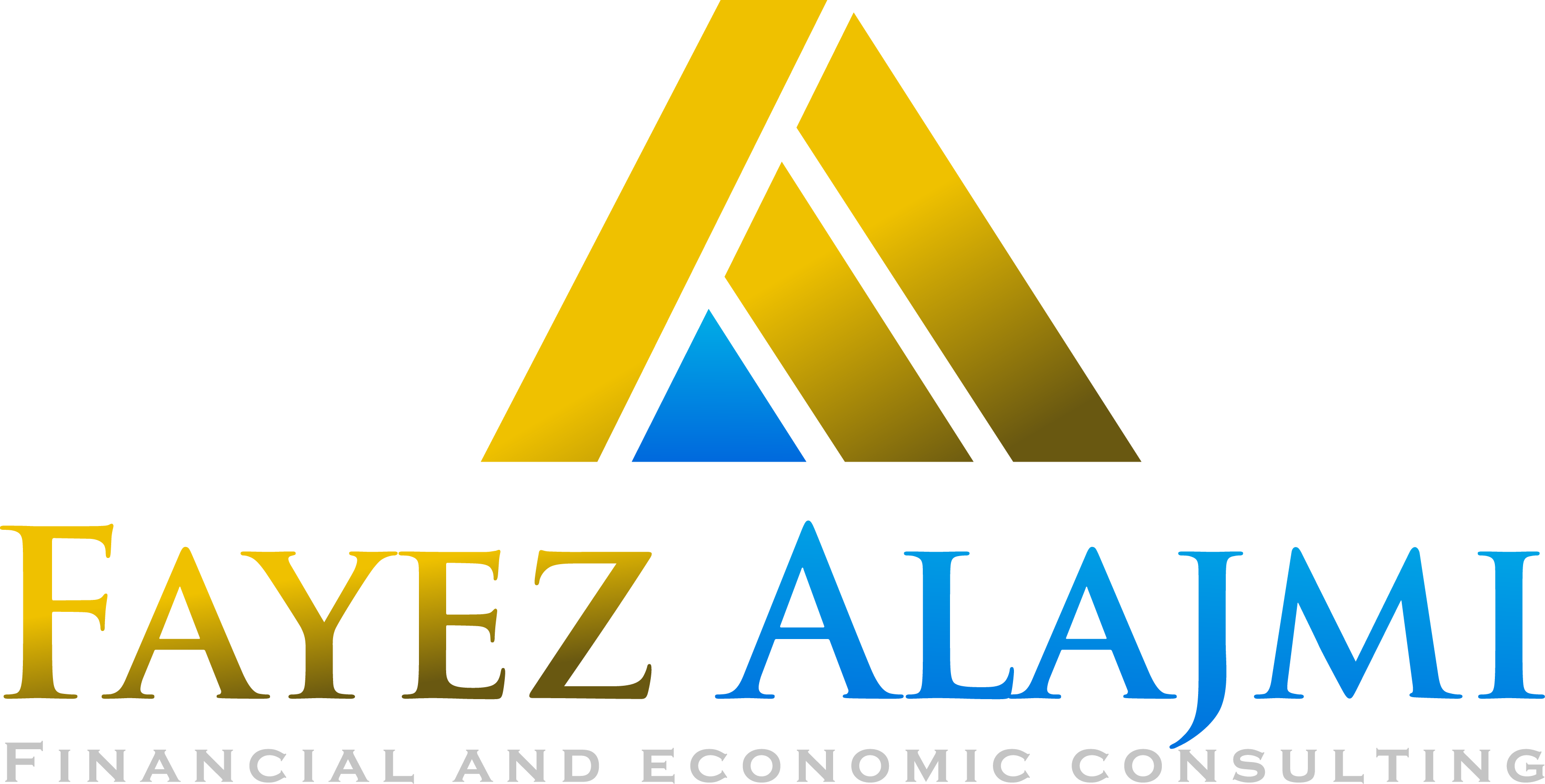
 22 April، 2025
22 April، 2025
 ابحاث السوق
ابحاث السوق
 Views
: 143
Views
: 143

The Japanese yen is trading at its highest levels against the US dollar in seven months, at 140.50, mid-European trading today, Tuesday, April 22, after testing 139.88 this morning. This comes as a result of the continued decline in the US dollar and the uncertainty surrounding global markets, which has led to a rise in safe-haven currencies, with the Japanese yen and the Swiss franc leading the most sought-after safe-haven currencies.
Despite a slight 0.25% gain in the US dollar index today, the index remains at its lowest level since April 2022, at 98.36, hurt by Trump’s comments against US Federal Reserve Chairman Jerome Powell, which markets viewed as interference and a questioning of the Fed’s credibility.
After Trump indicated in his statements to reporters at the end of last week that Powell should cut interest rates as inflation declines, and some reports indicated that the US President and his team are continuing to explore the possibility of dismissing the Federal Reserve Chairman, Trump escalated his attack on Monday, describing Powell as the biggest loser on the Truth Social platform and demanding that he cut interest rates now or risk an economic slowdown.
Trump’s attack on the US Federal Reserve Chairman created a state of uncertainty already present in the markets due to tariffs and the Trump-led trade war, triggering a sharp sell-off of the US dollar and a flight to safe-haven currencies and assets. Estimates indicate that this decline is expected to continue with any increase in risks to US assets amid speculation about the independence of US monetary policy.
Meanwhile, markets are awaiting the Bank of Japan’s meeting in early May, which will be accompanied by the release of its quarterly forecast report. Markets will monitor whether the risks of increased tariffs could hinder the bank’s efforts to raise interest rates. The bank is expected to keep interest rates unchanged at 0.50% at its May 1 meeting.
Markets will also monitor the upcoming meeting between the foreign ministers of the two countries this week to discuss and find solutions to the tariffs announced by Trump.
The outcome of the meeting could have a direct impact on the European Central Bank’s expectations and decisions, should it produce an unexpected surprise. Currency exchange rates will be a major point of discussion following Trump’s recent statements that Japan is deliberately undervaluing its currency to give its exporters an unfair advantage.
The Swiss franc, for its part, is trading at its highest level against the US dollar since January 2015, at 0.8145, when we were witnessing bank intervention in the currency.
The Swiss National Bank cut interest rates at its last meeting in March for the fourth consecutive time, and the bank’s governor indicated that he would not mind intervening by adjusting interest rates to guide monetary policy, and that the bank would consider reintroducing negative interest rates to prevent the franc from strengthening.